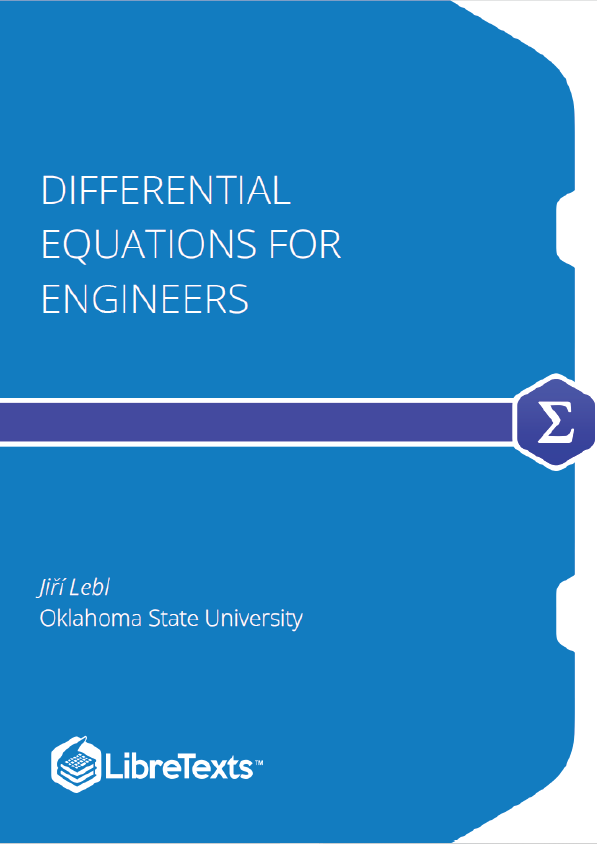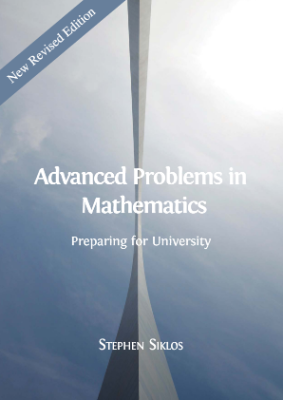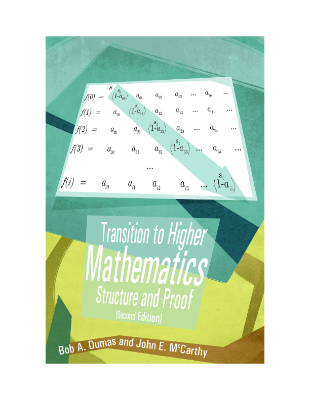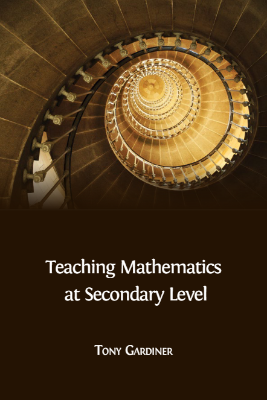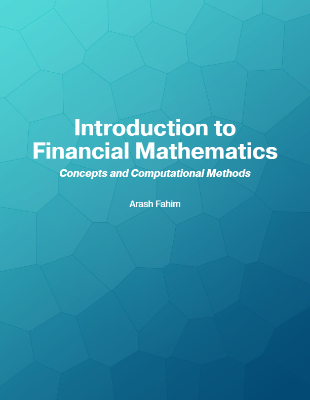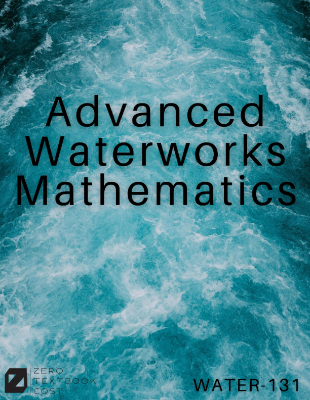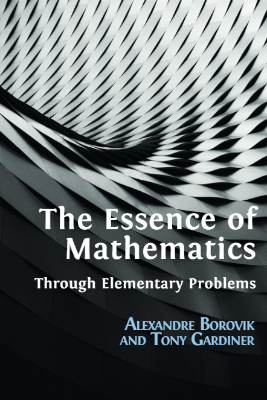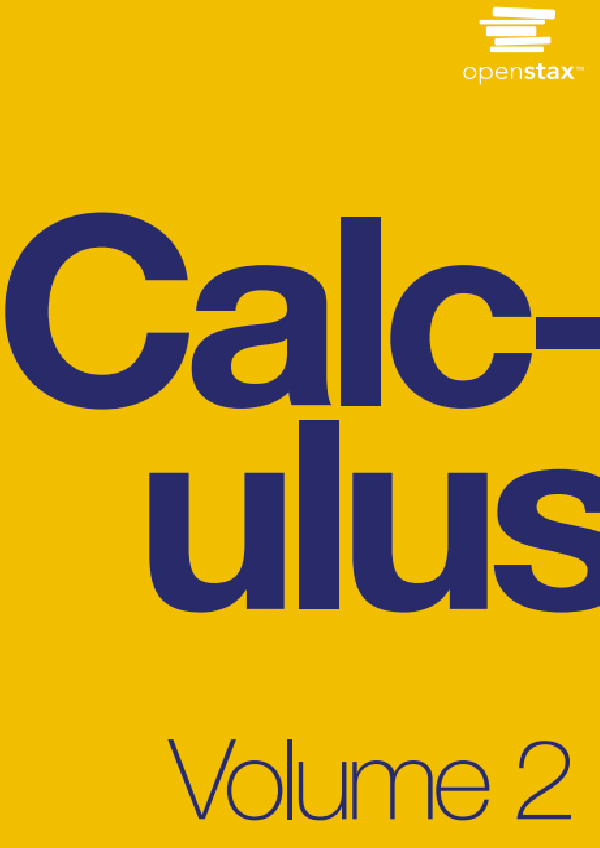Notes About These Notes
This book originated from my class notes for Math 286 at the University of Illinois at Urbana-Champaign (UIUC) in Fall 2008 and Spring 2009. It is a first course on differential equations for engineers. Using this book, I also taught Math 285 at UIUC, Math 20D at University of California, San Diego (UCSD), and Math 4233 at Oklahoma State University (OSU). Normally these courses are taught with Edwards and Penney, Differential Equations and Boundary Value Problems: Computing and Modeling [EP], or Boyce and DiPrima’s Elementary Differential Equations and Boundary Value Problems [BD], and this book aims to be more or less a drop-in replacement. Other books I used as sources of information and inspiration are E.L. Ince’s classic (and inexpensive) Ordinary Differential Equations [I], Stanley Farlow’s Differential Equations and Their Applications [F], now available from Dover, Berg and McGregor’s Elementary Partial Differential Equations [BM], and William Trench’s free book Elementary Differential Equations with Boundary Value Problems [T]. See the Further Reading chapter at the end of the book.
Differential Equations
The laws of physics are generally written down as differential equations. Therefore, all of science and engineering use differential equations to some degree. Understanding differential equations is essential to understanding almost anything you will study in your science and engineering classes. You can think of mathematics as the language of science, and differential equations are one of the most important parts of this language as far as science and engineering are concerned. As an analogy, suppose all your classes from now on were given in Swahili. It would be important to first learn Swahili, or you would have a very tough time getting a good grade in your classes.
Solving differential equations can be quite hard. There is no general method that solves every differential equation. We will generally focus on how to get exact formulas for solutions of certain differential equations, but we will also spend a little bit of time on getting approximate solutions. And we will spend some time on understanding the equations without solving them. Most of this book is dedicated to ordinary differential equations or ODEs, that is, equations with only one independent variable, where derivatives are only with respect to this one variable. If there are several independent variables, we get partial differential equations or PDEs.
Even for ODEs, which are very well understood, it is not a simple question of turning a crank to get answers. When you can find exact solutions, they are usually preferable to approximate solutions. It is important to understand how such solutions are found. Although in real applications you will leave much of the actual calculations to computers, you need to understand what they are doing. It is often necessary to simplify or transform your equations into something that a computer can understand and solve. You may even need to make certain assumptions and changes in your model to achieve this.
